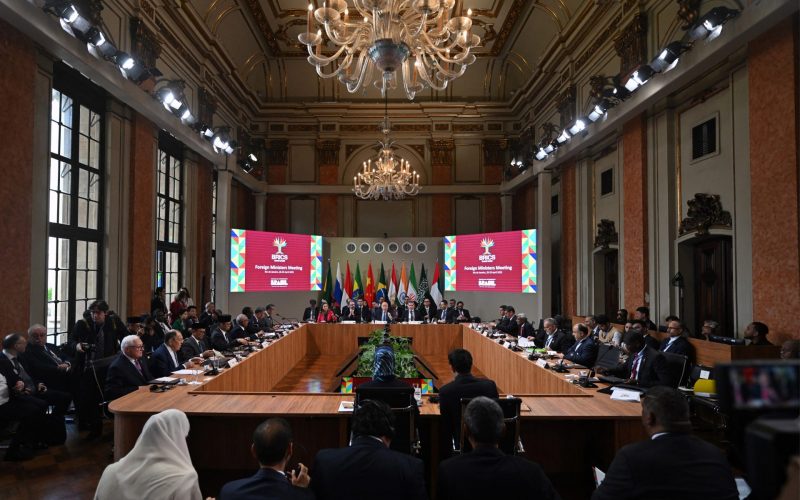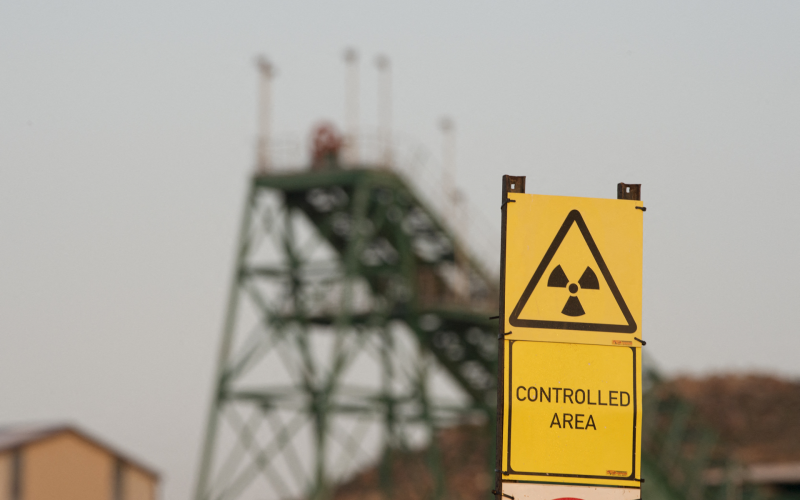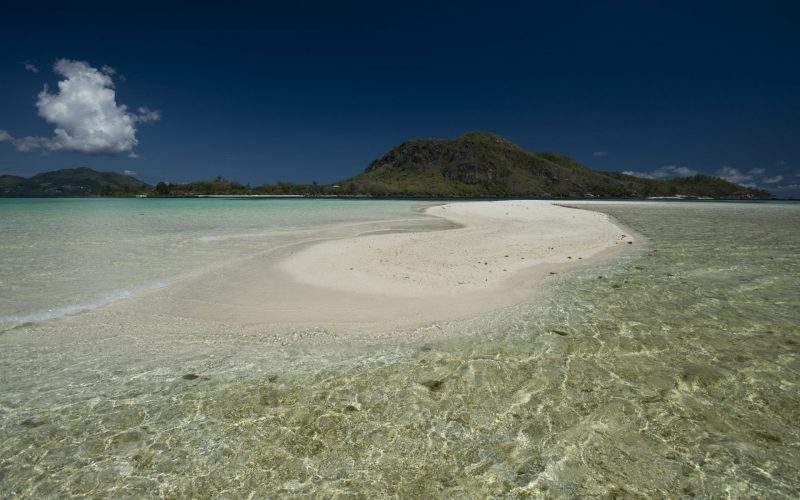The last decade has seen the African elephant systematically wiped out for its ivory tusks, with the world losing roughly 27,000 savannah elephants a year. According to the Great Elephant Census report, there are just 352,271 left across 18 African states, with many protected areas suffering heavy losses and the hardest hit countries being Tanzania and Mozambique. Since the survey covered only 93 per cent of relevant land, a full count would probably put the number at closer to 400,000 – still an appallingly low figure. Meanwhile, forest elephants are at serious risk of being decimated.
The causes of this decline include poaching for the vast global illicit ivory trade, habitat loss and fragmentation. Put simply, the findings make clear that we cannot afford to wait if we are to protect the elephants for the future. At this rate of loss, we will have to explain to our children why there are none of these magnificent creatures left. We will also have to confess to our complicity unless we act now.
Recent decisions to close consumer ivory markets present the greatest opportunity we have to save the elephant, and also demand a rethinking of the management of these great creatures in an increasingly human-centric world. Following a number of international conferences and other developments, the world must seize the opportunity to address the underlying causes of poaching – and take action both in terms of demand and supply.
A new reality for elephants
The Great Elephant Census was released on the eve of the largest gathering yet of the World Wildlife Conference, otherwise known as CITES – the Conference of the Parties of the Convention on International Trade in Endangered Species of Wild Fauna and Flora (CoP17). At the conference, 182 member states voted on how best to protect the most endangered species from extinction.
This followed the World Conservation Congress of the International Union for the Conservation of Nature last month, at which members voted overwhelmingly (86.11 per cent) in favour of a motion calling for the closure of all domestic ivory markets. CoP17 progressed this with a consensus decision to eliminate “the illegal trade in ivory and domestic ivory markets that contribute to illegal trade”.
There is legitimate concern that the qualifying line may constitute a loophole – some countries have shamefully already tried to duck responsibility by asserting that their ivory market does not contribute to the illegal trade, which is quite blatantly not the case.
But the truth is that all these events, preceded by a joint commitment in September 2015 by the US and Chinese presidents, concurrent with an unconditional commitment by Botswana to uplist its elephant population (the world’s largest) to the highest level of protection (under CITES Appendix 1), signal a new reality in elephant conservation.
In this new reality, the majority of African elephant range states, and the second largest and largest ivory markets, the US and China, have decided that – to secure a future with elephants across Africa – the international ban on ivory trade must continue and all ivory domestic markets must close. Already, the US has effectively shut down its domestic trade, and we expect that China will soon follow its statements of an impending ban with effective policy action.
A ban on the ivory trade?
How can we implement this ban, and make it workable, so that we do seize the historic opportunity provided by the recent international consensus? Recent research suggests that there is a significant degree of ivory stockpiling occurring in China, given the sheer disparity between the volume of ivory apparently entering the country and actually being sold.
Stop Ivory and the Science for Nature and People Partnership recently commissioned a series of research papers into the ivory trade. The first paper concluded that to achieve the best outcome China’s domestic ban should be implemented as soon as possible and for an indefinite time period. Leaving open the possibility of a future trade would generate strong incentives to hoard ivory now, which could exacerbate rather than contain poaching.
Addressing the ‘supply side’ of the ivory trade
At the same time, if we are to make the most of the current momentum, we cannot ignore the importance of tackling the issues on the supply end of the ivory chain, where elephants live in the wild across the savannahs and forests of Africa. Here, where poaching happens, governments also have to grapple with other problems that threaten elephants.
As highlighted in the second paper, which looked at ‘sustainable use’ policies, there are several options for how elephant conservation can be funded in the absence of the ivory trade. Supply side interventions include ‘sustainable use’ policies – which incentivise conservation of wildlife and wider ecosystems by providing social and economic benefits to ‘elephant neighbour’ communities. These should be supported by global mechanisms that share among donors the financial costs of paying for the conservation of wilderness landscapes, or community-led natural resource management.
The papers finds, for example, that some kind of cross-border ‘biodiversity tax’ may be needed to limit elephant habitat shrinkage and fragmentation. On the thorny issue of hunting, it takes a pragmatic view that in some contexts, to protect land used for wildlife, this will have to serve as a short term buffer against competing development priorities, as problematic as that might be.
As for the latter suggestion, we know that community members living with or near elephants need to become drivers of conservation. The third paper in the series explored community-led natural resource management, highlighting that for this to succeed, those living near elephant populations need to derive benefits from protecting them and be empowered and engaged in conservation. Ultimately, if it is to succeed, conservation needs to be mainstreamed into the broader development agenda instead of being treated in isolation.
A values question
Getting both demand side and supply side policies right is vital, as we are at a critical moment for the elephants. The crucial link between the two is values – what people believe about elephants and all they stand for, and ivory and what it has come to represent.
As the last paper in the series highlighted, getting supply side policies right will be an uphill struggle. The reality is that global norms often jar with local value sets. In other words, a total ivory trade ban may not produce an immediate reversal of the poaching pandemic. Illegal bush meat trade, for instance, also spurs poaching (though the scale is incomparable), while communities that resent the imposition of external norms may respond by poaching wildlife – this is dangerous for as long as trade continues. Likewise, demand is driven by several things; a desire for prestige, by those looking for ‘good’ investments, and indeed by ignorance of the link between ivory consumption and poaching.
The good news is that well-constructed, locally sensitive campaigns have been shown to effectively shift values away from poaching and consumption and towards conservation. We need global cooperation on this, in order to move towards a world without an ivory trade, and with a flourishing elephant population.
If our children are to see elephants roaming wild across the African continent, we must seize this moment and have the confidence to step out together with open minds and generous hearts.
Alexander Rhodes is a solicitor at London law firm Mishcon de Reya, and the outgoing CEO of Stop Ivory.








